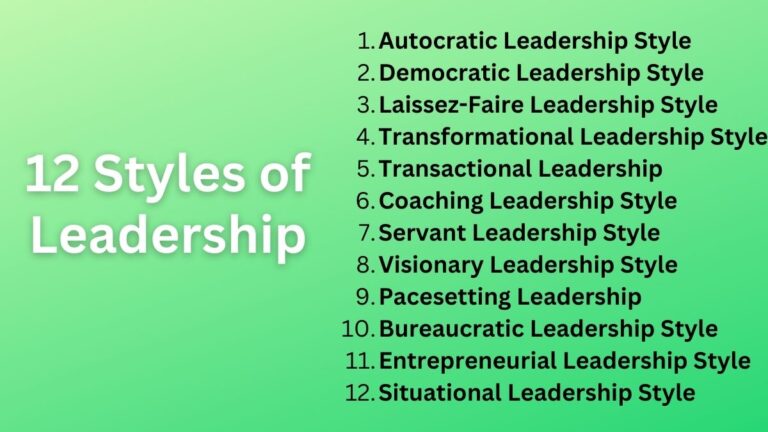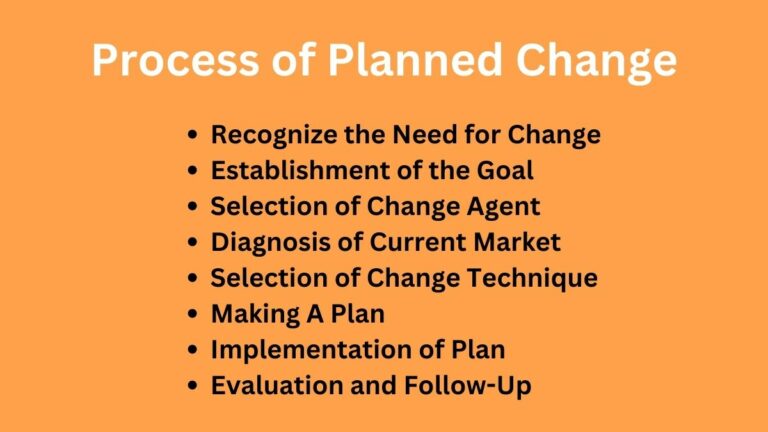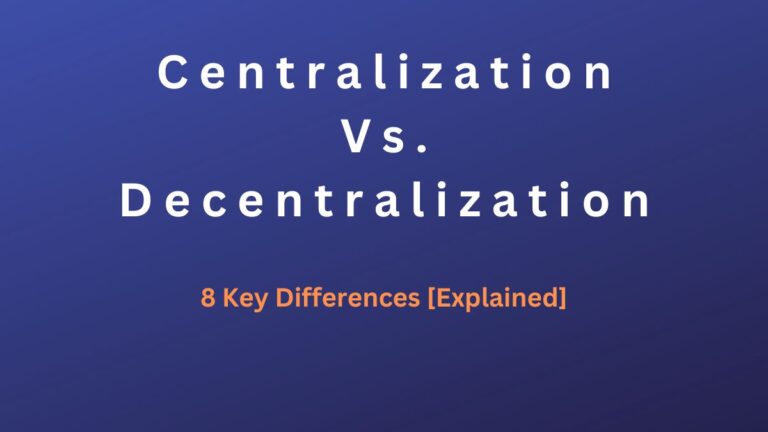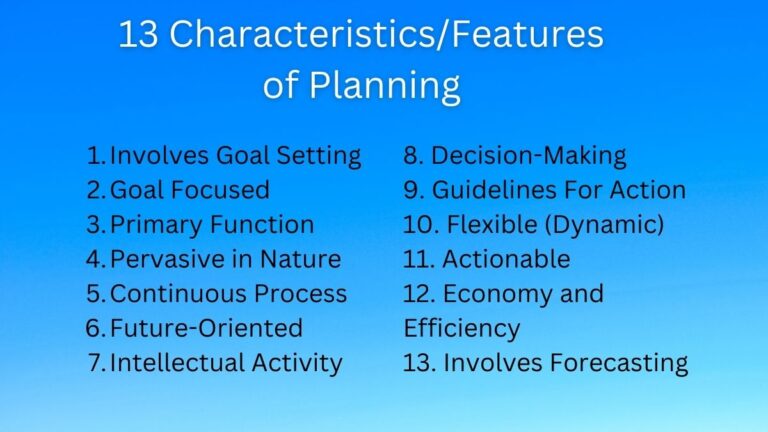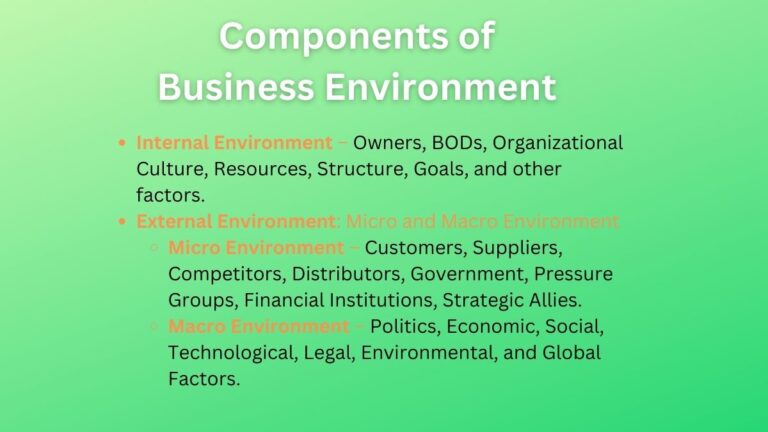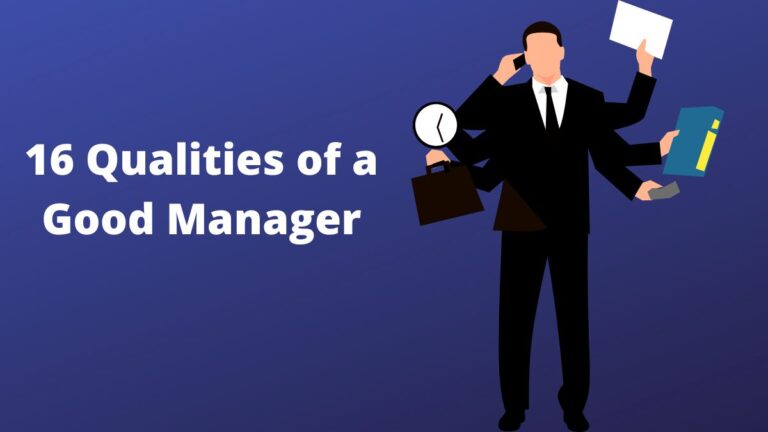What Are The 4 Types of Buyer Buying Behavior?
Types of Buyer Behavior
Consumers purchasing decisions largely depend upon the nature of the product they want to buy. If a buyer is buying a car he may wish to know more about the pros and cons of that car whereas when he buys daily usage items he may choose without investing much effort.
It is found that when the product is expensive and unfamiliar to buyers their involvement is high in the purchase decision. On the other hand, if the product is inexpensive they usually buy what is easily available to them.
Understanding consumer buying behavior will be fruitful for you. There are four types of buyer behavior, by understanding them you can easily decide who will buy your product or service and who will not.
Complex Buying Behavior
Consumers show complex buying behavior when they are going to buy expensive products which are often unfamiliar to them. Buying such products becomes a long journey for the customers.
When buying expensive cars, homes, a bike, and other luxury items consumers think deliberately about whether to buy or not buy the product.
Read Also: What is Consumer Product?
For this, they gather information from different sources like friends, families, the internet, and the company. They want to be aware of such products’ pros and cons and the response they will get from their family and society when they buy.
In this type of buyer behavior, the involvement of the consumers is very high. They usually don’t buy the product at first sight, they compare and even test the products from different brands, as different brands are available there with similar products.
So as a marketer or seller, you should be well-known about your product. And, whenever customers come to your showroom you should be able to provide all the necessary information to your customers so that they can be sure of what they are buying and whether it is fit for them or not.
Dissonance Reducing Buying Behavior
Let’s first understand the word “dissonance“. It is a conflict or tension within a consumer considering a product purchase. This causes the customer to feel uneasy and frequently results in the consumer transferring his business elsewhere or having second thoughts about the purchase.
In this situation, the involvement of consumers is also high as in the complex buying. However, there is no availability of more brands from which the consumers can compare the products.
In some cases, customers are also forced to buy the product because of a lack of choices and even the store where it is available is being out of stock. In such a situation, consumers are not sure of whether they made the right purchase decision or not.
Read Also: Consumer Buying Behavior
In such cases, as a marketer, you should provide customers with good after-sales services. You should convince them that they have made a good choice and continue with your brand. This helps them to reduce their tensions about their product choices.
Variety Seeking Buying Behavior
There are customers who love to test the products of different brands not because of the prices of products but for the sake of their curiosity and interest to taste the new products.
As the name suggests, variety seeking, this type of buyer easily switches the bands. It is because there is the availability of different brands and the switching cost is low.
In this type, the involvement of consumers in the purchase decision is also low. They sometimes feel tired and bored of using the same product and they try to taste the new ones. As such, they are not strongly loyal to any of the brands.
However, as a marketer, you should apply different marketing tactics to make them come back to your brand. For this, offering different product lines, adding new features to existing products, offering discounts, and different offers would be great to keep them coming back.
Habitual Buying Behavior
Normally, habitual buyers are not price-conscious as well as quality-conscious. These buyers purchase products they are regularly using over the price and quality. This is because they may be loyal to the brand.
Consumer involvement is also low in habitual buying. Customers do not give much thought to the products they purchase when they are making daily purchases. They either purchase from their preferred brand, the one they frequently use the one that is readily accessible at the store, or the least expensive one.
Every company’s dream is to make products that consumers choose as their habitual products. You may do this for your company by offering a try-before-you-buy deal, buy-one-get-one-free, or ultra-generous return policy.
You might be able to persuade clients to change their buying behavior by reaching out to them when they typically make their purchases and enticing them with an alluring offer, which would bring customers to your business.
Conclusion…
After the above discussion, it can be said that consumers buying decision is dependent upon their behavior. There are different types of buyer behavior, and every behavior gives a unique message about the buyer. So be careful while making a product and marketing it to different consumers.
Read Next: Consumer Buying Process
Sajan Kushmi is a content writer with more than 4 years of experience. He holds BIM Degree. He write on the topics related to Management, Marketing, and Entrepreneurship.

